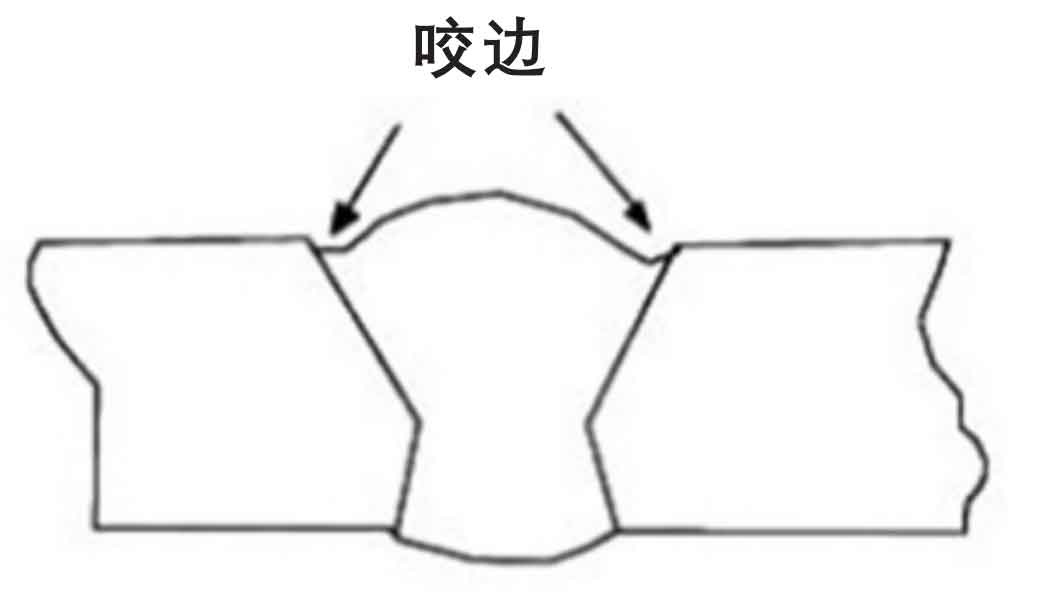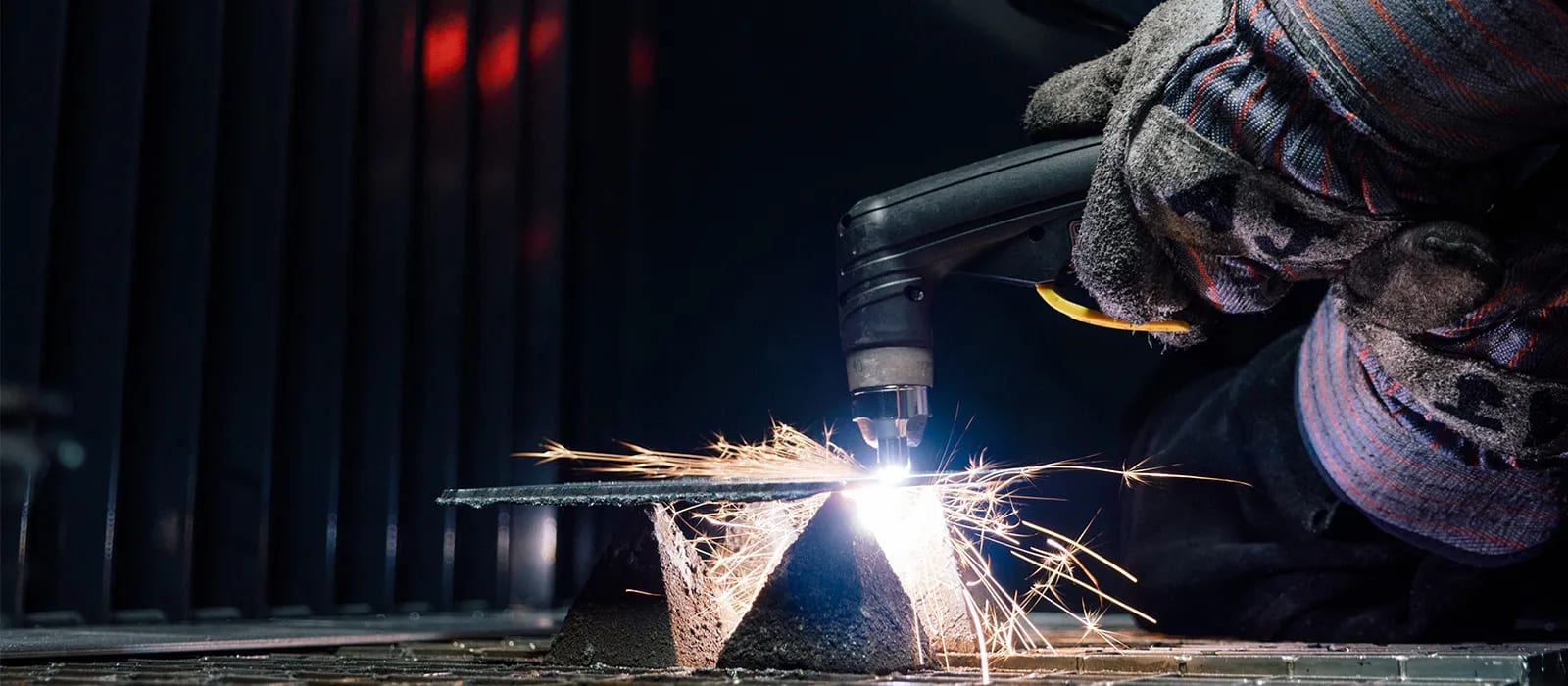Step-by-Step Guide to Preventing Weld Undercut in Different Metals
Step-by-Step Guide to Preventing Weld Undercut in Different Metals
Blog Article
Necessary Tips for Welders: Stopping Undercut Welding and Ensuring Stronger Weld Joints
In the realm of welding, attaining long lasting and solid weld joints is the keystone of producing high-grade job. One typical difficulty that welders usually come across is undercut welding, which can compromise the honesty of the weld joint.

Comprehending Undercut Welding
Undercut welding is a typical welding problem that takes place when the weld steel fails to appropriately fill the groove and results in a groove-like anxiety along the weld bead. This flaw weakens the weld joint, making it vulnerable to fracturing and failing under stress. Undercutting can be caused by different aspects, including too much welding existing, high welding rate, inappropriate electrode angle, inaccurate electrode dimension, and poor welding method.
One of the major reasons for undercut welding is a discrepancy between the welding existing and the welding rate. If the welding current is too expensive or the welding rate is too quick, the weld steel may not properly load the groove, leading to undercutting. Additionally, utilizing an electrode that is as well large can cause a similar end result, as the excess steel can not properly flow into the groove.
To avoid undercut welding, welders must guarantee they are making use of the correct welding criteria, maintain an appropriate electrode angle, pick the appropriate electrode dimension, and technique appropriate welding methods. By resolving these aspects, welders can decrease the threat of damaging and produce more powerful, more reliable weld joints.
Appropriate Welding Technique
Reliable welding strategy plays an important function in ensuring the top quality and integrity of weld joints. Appropriate welding technique includes a mix of skill, adherence, and precision to best techniques. One essential element of appropriate welding technique is keeping the right angle and range in between the welding gun and the work surface. Welders must likewise pay attention to the travel speed and warmth input to avoid issues like damaging, porosity, or insufficient fusion.
Additionally, a steady and constant hand movement is essential for developing strong and long lasting weld joints. Welders must go for smooth, uniform movements to guarantee also distribution of the weld product. Correct manipulation of the welding gun and filler product is additionally essential to accomplishing ideal penetration and fusion.
Moreover, regulating the warmth input and selecting the proper welding criteria based upon the material being bonded are essential aspects in attaining top quality welds - Preventing weld undercut. Welders must comply with the advised settings given by welding procedure requirements and readjust them as needed based on the particular needs of the project. By understanding correct welding strategies, welders can substantially enhance the toughness and integrity of their weld joints
Selecting the Right Electrode
Maintaining the right angle and distance in between the welding gun and the work surface is fundamental when thinking about the relevance of picking the ideal electrode in welding applications. The option of electrode plays an important duty in establishing the top quality and stamina of the weld joint. Electrodes come in various kinds, each made for details purposes and products.
Firstly, picking the proper electrode size is important. Thinner electrodes are ideal for welding slim products, while thicker electrodes are better for thicker products and higher heat applications. Matching the electrode size to the thickness of the work surface aids accomplish a balanced weld.
Second of all, recognizing the material composition of the electrode is crucial. Various electrodes are designed for welding specific products like steel, stainless steel, light weight aluminum, or cast iron. Using the proper electrode product ensures good blend and reduces the threat of flaws in the weld.
Lastly, thinking about the welding position and method is important when selecting the electrode kind. For example, specific electrodes are much better fit for above or vertical welding placements, while others work well for level or horizontal settings. Choosing the best electrode based upon the welding method boosts the overall weld top quality and integrity.
Preparing the Base Metal
To make sure a successful welding process, what preliminary steps should be taken when preparing the base metal for welding? Effectively preparing the base metal is vital for attaining strong and durable weld joints. The initial step in preparing the base steel is to clean it thoroughly to eliminate any type of contaminants such as rust, paint, oil, or dirt. This can be done using a wire chemical, brush, or mill solvents. Furthermore, any kind of existing weld material or residue from previous welding ought to be removed to guarantee a clean surface for the brand-new weld.

Conducting Post-Weld Examinations

After performing these assessments, welders have to compare the results versus sector standards and project demands to make certain that the weld joint meets all needed standards. Any type of variances or inadequacies discovered during the post-weld inspection must be immediately attended to through ideal corrective procedures to assure the weld's integrity. By diligently executing post-weld assessments and quickly attending to any kind of concerns, welders can promote the top quality and integrity of their job, ultimately adding to the safety and security and longevity of the welded frameworks.
Final Thought

Finally, avoiding undercut welding and ensuring more powerful weld joints need a combination of correct welding strategy, picking the best electrode, preparing the base metal correctly, and performing post-weld assessments. By understanding the reasons of undercut welding and applying the necessary precautions, welders can create high-grade weld joints that satisfy industry criteria and make sure the architectural stability of the bonded elements.
Undercut welding is a common welding look at more info issue that occurs when the weld metal stops working to appropriately fill the groove and results in a groove-like depression along the weld bead (Preventing weld undercut). Damaging can be caused by numerous variables, consisting of excessive welding current, high welding speed, inappropriate electrode angle, wrong electrode size, and poor welding technique
One of the main factors for undercut welding is an imbalance between the welding present and the welding rate. If the welding current is as well high or the welding speed is too quickly, the weld steel may find out not effectively fill up the groove, leading to damaging.Preserving the correct angle and distance between the welding weapon and the workpiece is essential when taking into consideration the importance of picking the ideal electrode in welding applications.
Report this page